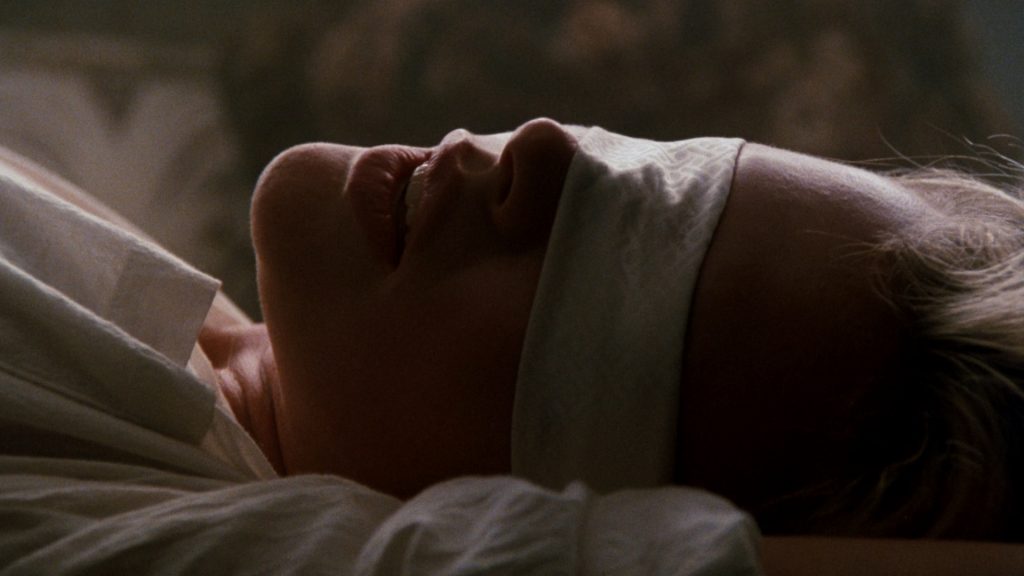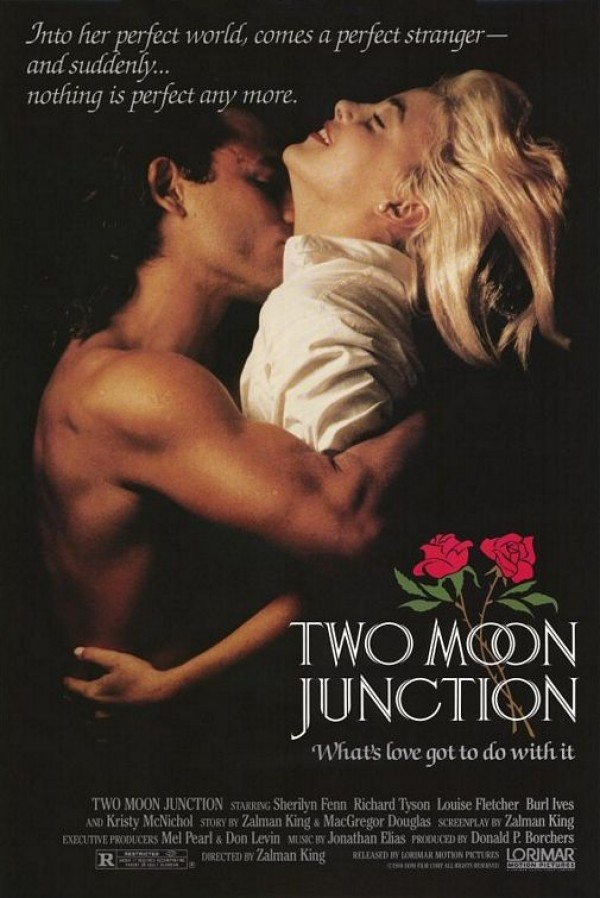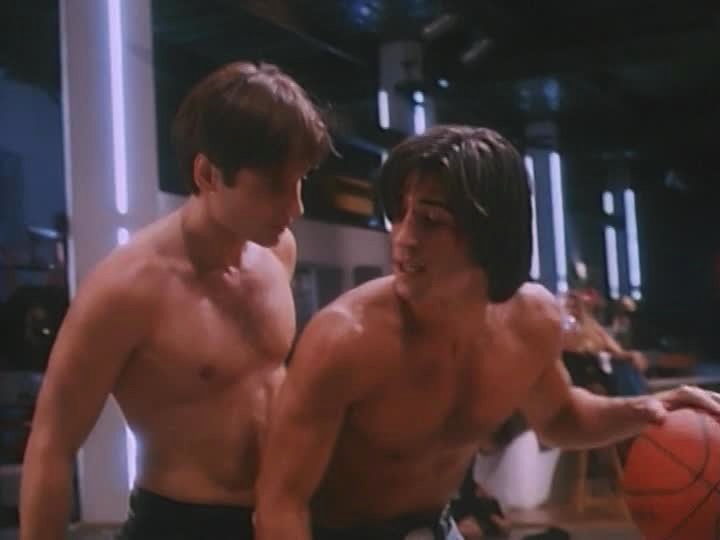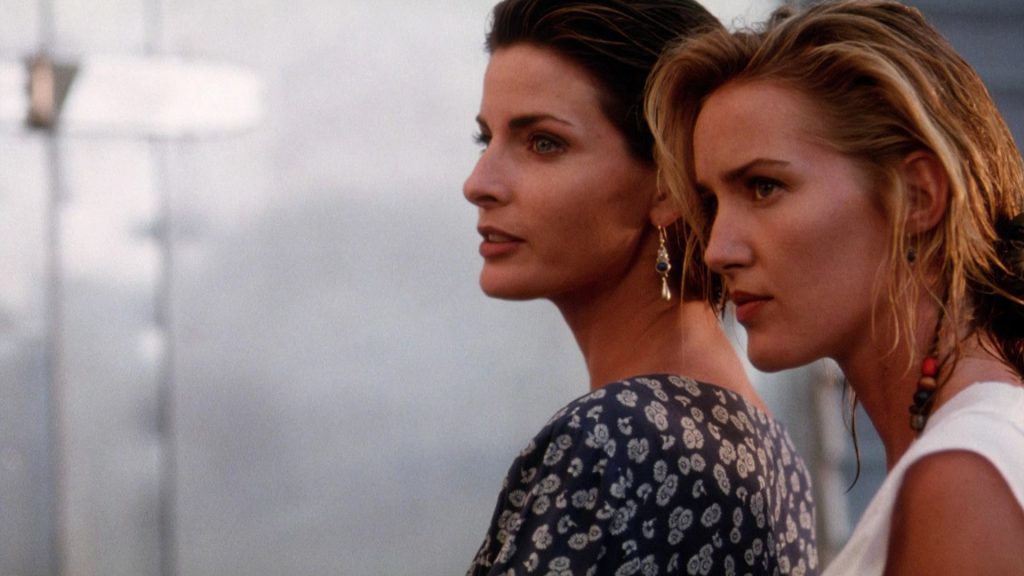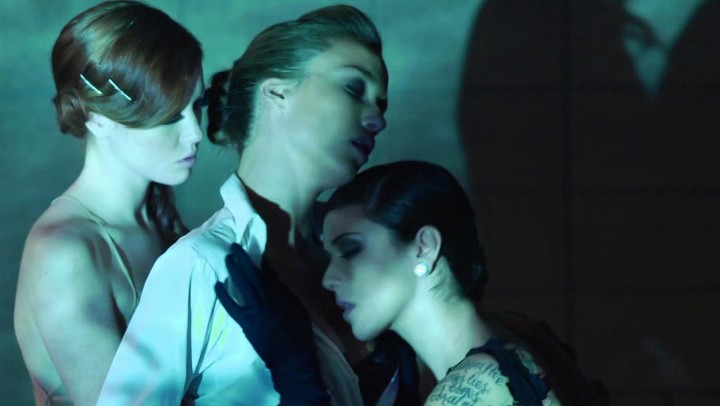“Zalman was a terrific stylist and a really, really talented director. He chose to focus on relationship movies and push the boundaries of acceptable sexuality but always chose to do it within the context of storytelling and always telling from a woman’s point of view. Most of the projects that got funded or made that had anything to do with sexuality were exploitation films and neither he nor I wanted to do that, so we tried to tell stories that had to do with real emotions and were candid about sexuality.”
—Executive Producer David Saunders on his late business partner, Zalman King
A directorial brand is the businessman’s equivalent to what cineastes call the “auteur”—it identifies a director’s name as you might a company, suggesting all things that come from this director are of a singular vision. Zalman King made a name for himself with erotic dramas and David Saunders produced Zalman King’s Red Shoe Diaries in an effort to turn King into a brand. This was 1992, the year of Francis Coppola Presents Bram Stoker’s Dracula, and a high point in publicizing directors as public commodities. The trend was not about creating titans, mentors or cinematic “masters,” it was about name recognition and a consistent product. What Saunders and King built was a legacy in what we might call soft-core that was as much a reaction (and alternative) to exploitation as it was the beginning of a redefinition of terms. “Now, housewives are using 50 Shades of Grey like Harlequin Romances.” Saunders says. “They couldn’t have done that before 9 ½ Weeks.”
Saunders is referring to the famously sultry soft core that’s now a cult film—in part because people watched it secretly on cable. It stars a young Kim Basinger as an art gallery employee who falls for a sexy and impassable Mickey Rourke, then an international star. The film laid out a handful of tendencies that would become hallmarks for King’s brand. The protagonist is a woman, her sexual development is part of the narrative (not a detail), sex and love aren’t conflated and making the leap from one to the other is both deliberate and perilous. Sex is the gateway drug for love and it requires a great deal of exploration to pass home base—because for King’s oeuvre, there’s more to the baseball game than a home run. “9 ½ Weeks was controversial then [1986], even though it influenced advertising and became a kind of model,” says Saunders, “but when it came out it was a failure.” Despite the low grosses stateside, the film made incredible numbers overseas ($100 million if Wikipedia is to be trusted), while getting King a lot of attention.
At the time Saunders was working with Peter Guber and Mark Damon choosing to produce pictures with a good shot at overseas success. Saunders and King finally paired after King’s directorial debut, Two Moon Junction. Saunders says he knew King from TV. “He was the young firebrand opposite Lee J. Cobb on The Young Lawyers,” Saunders recalls. King acted on TV through the sixties, went for smaller films in the seventies and then began writing and doctoring scripts, including “that Australian one with Mel Gibson after the end of the world” (Mad Max). By the time he began directing, he already had executives looking to get a piece of King’s brand of action, Saunders among them.
Wild Orchid was King’s third feature, and the first Saunders executive produced. A good working chemistry and a successful box office sealed their partnership, and despite the team’s international track record, Saunders knew the team’s next step would be domestic television. “The King brand had to find a home on TV to be successful. Original programming of series was a brand new thing and we were one of the very first. We couldn’t have a movie that sunk or swam in one shot; we wanted to have a stream of shows that could demonstrate there was an audience for King’s brand. The ratings grew each week and it was clear there was success for a series like this.” The team ultimately produced sixty-six episodes of Red Shoe Diaries on Showtime, and so paved the way a variety of late-night programming we call “Skinemax.” “It took the newly introduced cable networks for [King’s brand] to see success.”
Women’s perspectives were crucial to the team’s endeavors, but foregrounding women meant the films had to create equivalent opportunities for male exposure. This would be especially important if King and Saunders wanted to cultivate a female audience. Red Shoe Diaries features a showdown on a basketball court between David Duchovny and his fiancé’s manipulative ex played by Billy Wirth. King and Saunders entered casting with this scene in mind: “We wanted the basketball to be authentic. Duchovny had played basketball in Princeton and Billy Wirth had played in Cornell. That was a factor in casting them both—but we also wanted David because he’s enormously attractive to women and that’s important to us.”
Between that long-running series, the pair collaborated on a number of other films, most notable the surfing feature In God’s Hands. King also produced a number of music docs and a handful of erotic dramas, such as Lake Consequence, with directors for hire.
Prior to King’s death in February of 2012, he and Saunders reteamed for edgy erotic drama Pleasure or Pain. The two had a commitment to making alternatives to exploitation and knew the market for it was strong, but also knew that “What was totally shocking at the time of 9 ½ Weeks is no longer shocking. But we wanted to deal with the subject matter with a contemporary attitude and not be coy.” The film takes a slightly different slant on sexuality, still following the perspective of a woman, but looking at her marriage as a variant of sexual imprisonment and her involvement with her husband as a variant of addiction. The threesomes and sex clubs pave the way for a slow unraveling in a marriage whose “honeymoon phase” leads to as much aftershock as afterglow.
In the sex club, you’ll find a blues performer named Toledo. He was one of Zalman’s discoveries and Saunders calls him “a unique charismatic force of nature. Zalman had very refined musical tastes and music was a major part of every film he made,” so the following picture, and King’s last, was a documentary about Toledo called Dance with the Devil. “Zalman just loved to shoot. Once digital cameras came to be it, was so much easier to just pick up a camera and shoot and he loved to shoot musical performances. He loved Toledo, interviewed him and wove it into a documentary. Like much in this life, we were proud of it.”



